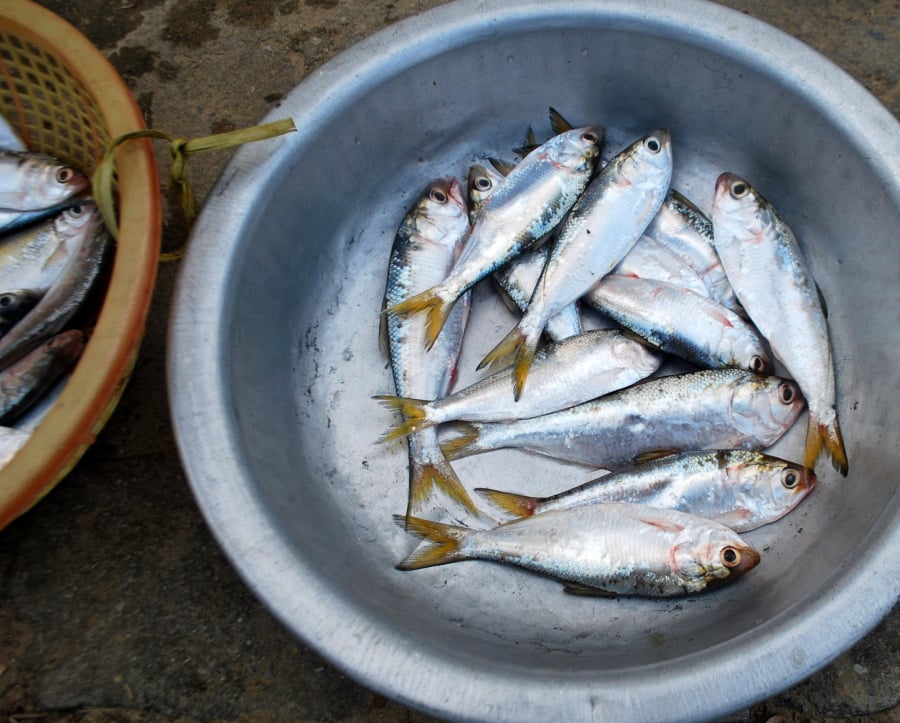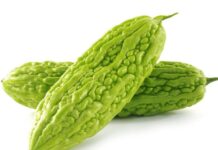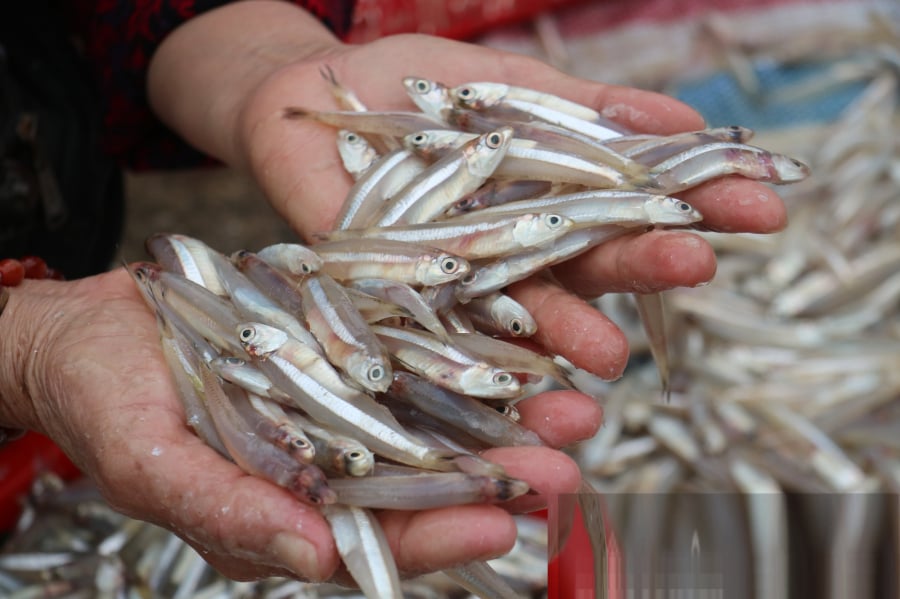Sardines
Sardines have a milky white color and a fleshy texture with small bones. While some may find the numerous tiny bones off-putting, this fish offers a plethora of nutritional benefits.

5 Wild-Caught Fish Varieties: A Nutritional Powerhouse
In terms of nutrition, sardines pack a powerful punch. Just 85 grams of sardines provide 325 mg of calcium, surpassing the amount found in the same quantity of milk, which offers only 276 mg. Additionally, a mere 10 grams of sardines supply 20% of the daily recommended fat intake.
Sardines are also an excellent source of vitamin D and DHA, both of which bolster the immune system. These nutrients are particularly beneficial for pregnant women, supporting the development of the fetus and reducing the risk of birth defects.
Swordfish
Swordfish is abundant in fatty acids, particularly DHA and other unsaturated fatty acids. This fish is highly regarded for its health benefits, especially when it comes to cognitive development in children.
Swordfish are predominantly found in the waters of Japan, China, and Vietnam, where they are wild-caught rather than farmed.
Rice Field Fish
Rice field fish, or “ca ro dong” in Vietnamese, are native to the country’s rice fields and ponds. These fish are prized for their sweet, tender, and aromatic flesh, which is attributed to their natural diet and habitat. Despite their higher price tag, often double that of farmed fish, rice field fish are a favorite among discerning home cooks.
Rice field fish are typically small, with a dark complexion and a robust physique. They are known for their lively nature, rarely staying still in the seller’s container. Their roundish bodies and energetic demeanor are a testament to their health and vitality. Even when kept in minimal water, they display no signs of weakness, springing to life at the slightest touch.
Anchovies

Anchovies: Wild-Caught Delicacy Packed with Nutrition
Anchovies are small, salty fish that thrive in saltwater environments. In Vietnam, they are found along the country’s extensive coastline, from north to south. Anchovies are a nutritional powerhouse, rich in omega-3 fatty acids, protein, vitamins, and essential minerals.
Due to their short lifespan, anchovies have a lower risk of accumulating harmful levels of mercury. Additionally, they are exclusively wild-caught, ensuring a natural and sustainable source of nutrition.
Bonito
Bonito, or “ca ho” in Vietnamese, are deep-sea fish known for their high protein and unsaturated fat content. They are primarily wild-caught and tend to be more affordable than other fish like salmon or tuna, making them a popular choice in countries like Japan, Korea, and China, where they are often grilled or barbecued. With their low-fat content and abundance of omega-3 fatty acids, bonito are a healthy and delicious option.































